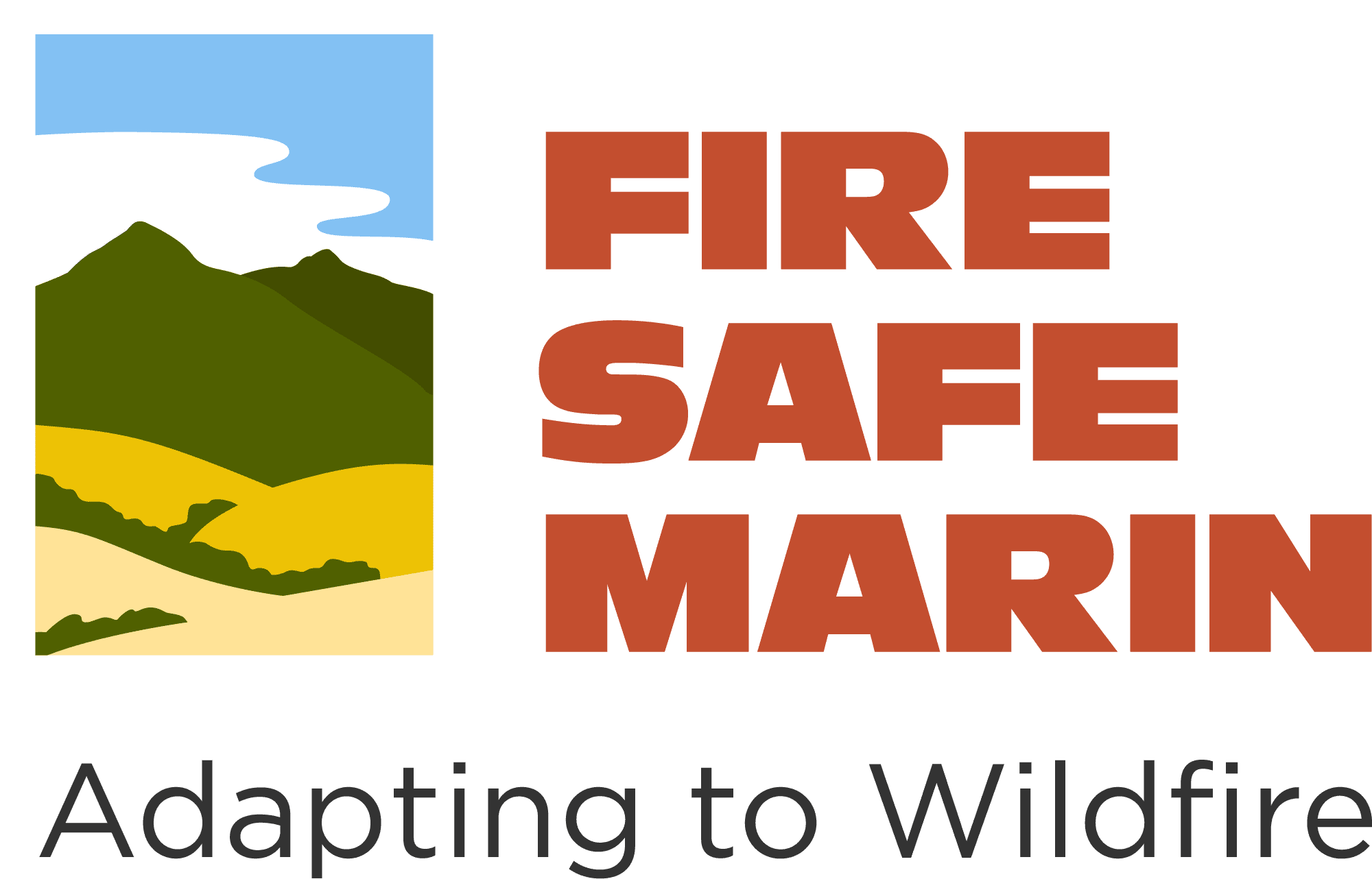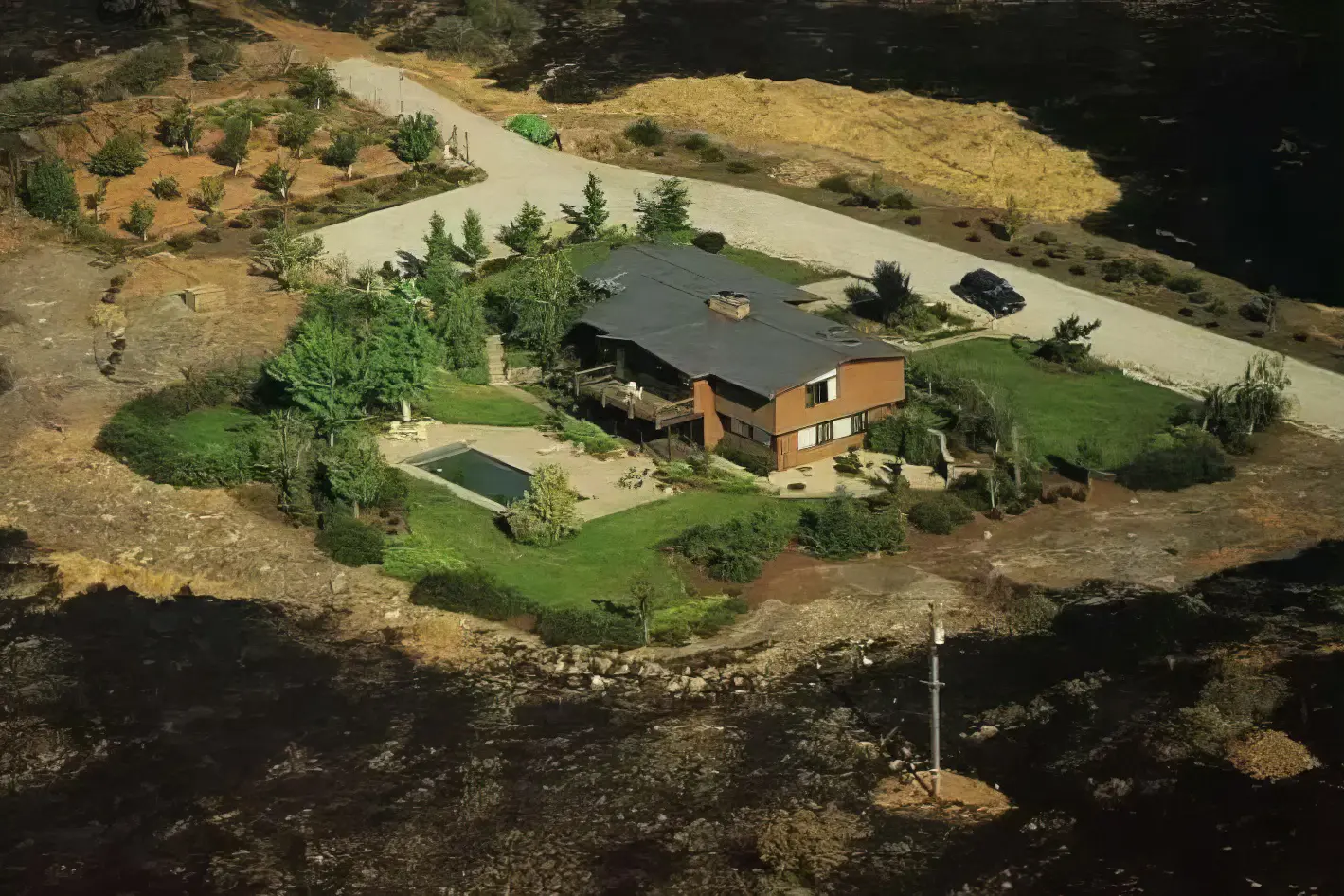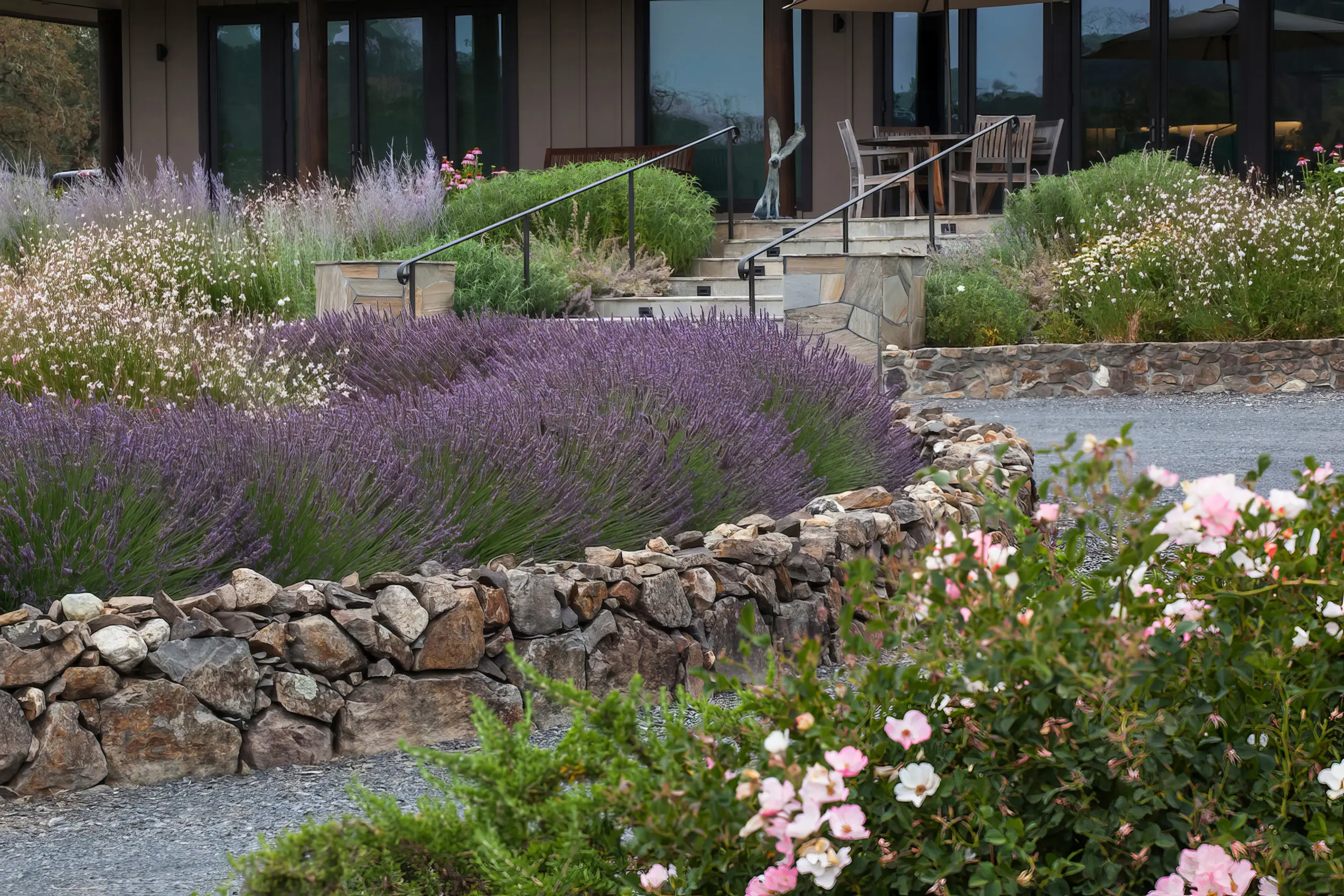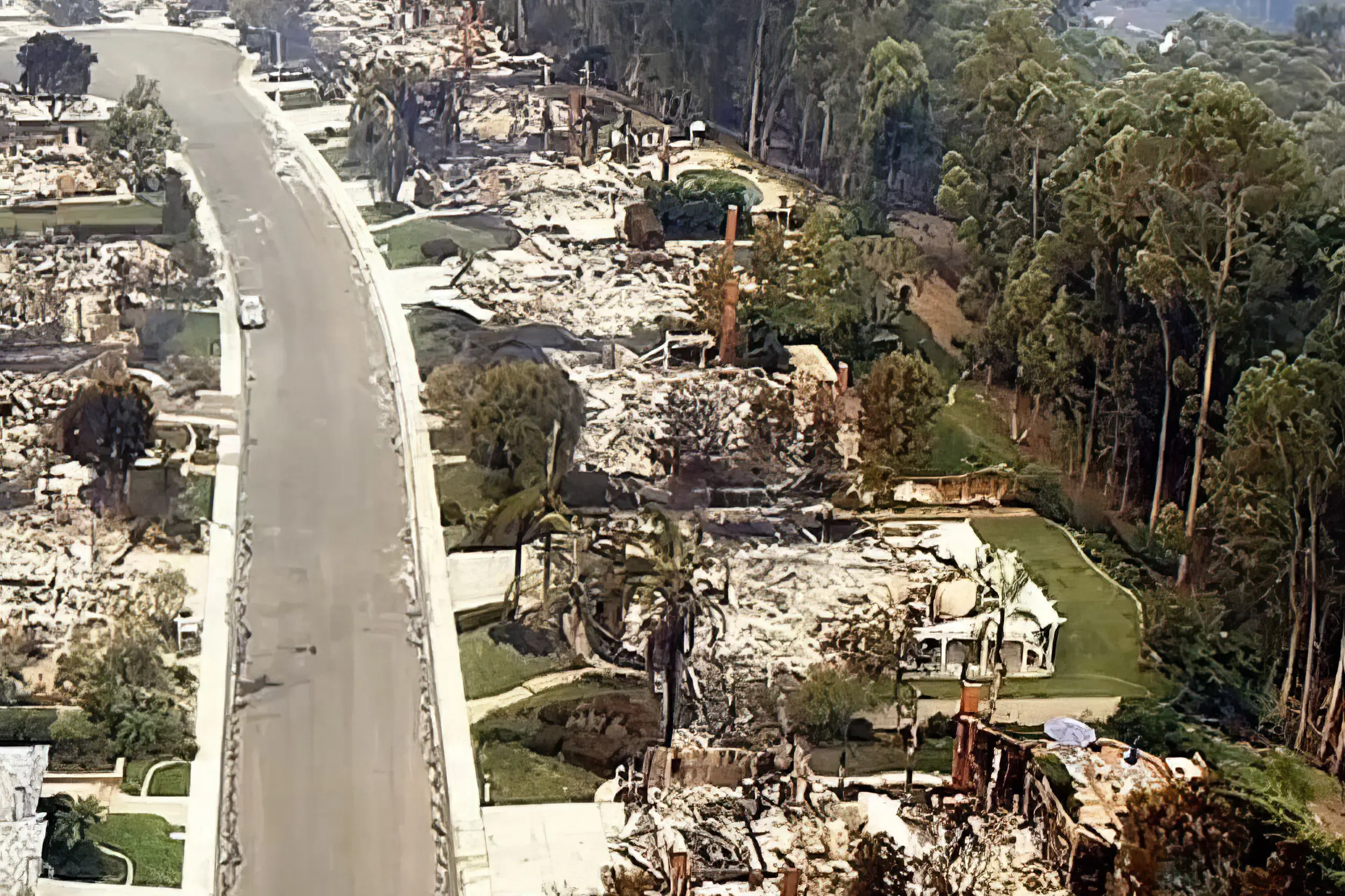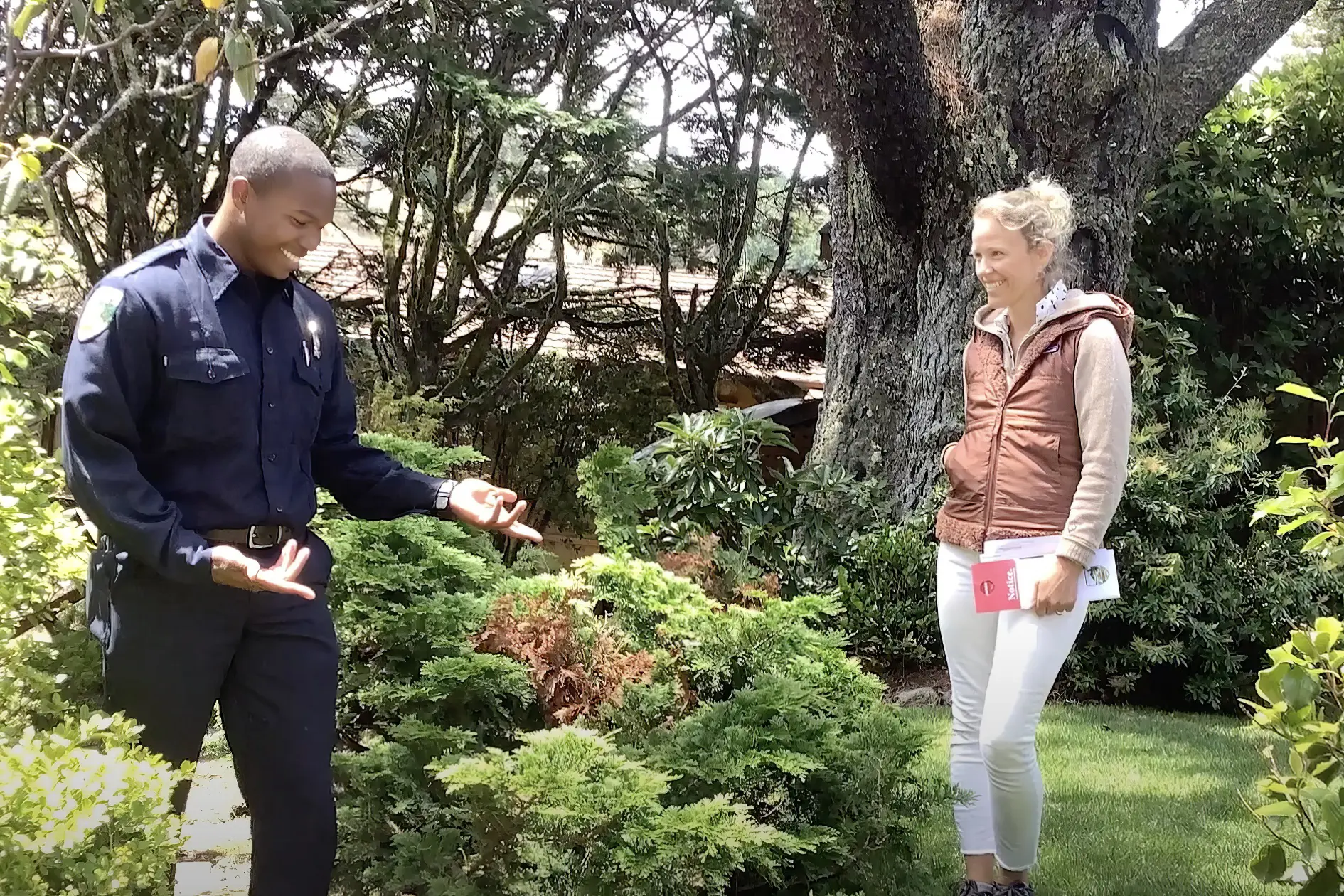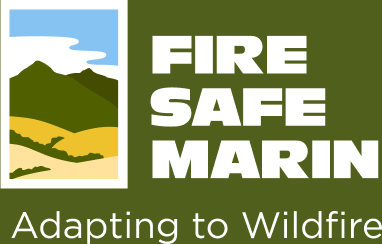IN THE EVENT OF AN EMERGENCY THIS SITE IS NOT MONITORED. FOR CURRENT INFORMATION GO TO HTTPS://EMERGENCY.MARINCOUNTY.GOV.

Create a Fire Smart Yard
Use fire-resistant plants, materials and design to prevent the spread of fire to your home.
Fire Smart Landscaping Basics
Fire smart landscaping is built around the concept of creating space in your yard. Defensible space is the buffer you create between a building on your property and any combustible material. This space, along with horizontal and vertical separation between vegetation, is needed to slow or stop the spread of wildfire and it helps protect your home from catching fire either from embers, direct flame contact or radiant heat. Proper defensible space provides firefighters a safe area to work in to defend your home.
Fire Smart Design
Fire Smart Landscaping design requires attention to spacing. Plants should not be placed close to structures. Horizontal and vertical spacing between plants and trees is essential to reduce the ability of fire to spread. Although all plants can burn, attention should be given to plant selection and size when mature. Terrain and slope steepness impact the space needed between plants and trees to reduce flame spread.
Defensible Space Zones
Defensible space, the buffer that slows or halts the spread of fire to a structure, is divided into into five zones. Each zone has different requirements and characteristics.
- Zone Zero: Ember Resistant Zone 0-5ft.
- Zone 1: Lean, Clean and Green Zone 5-30ft.
- Zone 2: Reduce Fuel Zone 30-100ft.
- Zone 3: Access Zone, 14ft driveways.
- Zone 4: Community 100-200+ft.
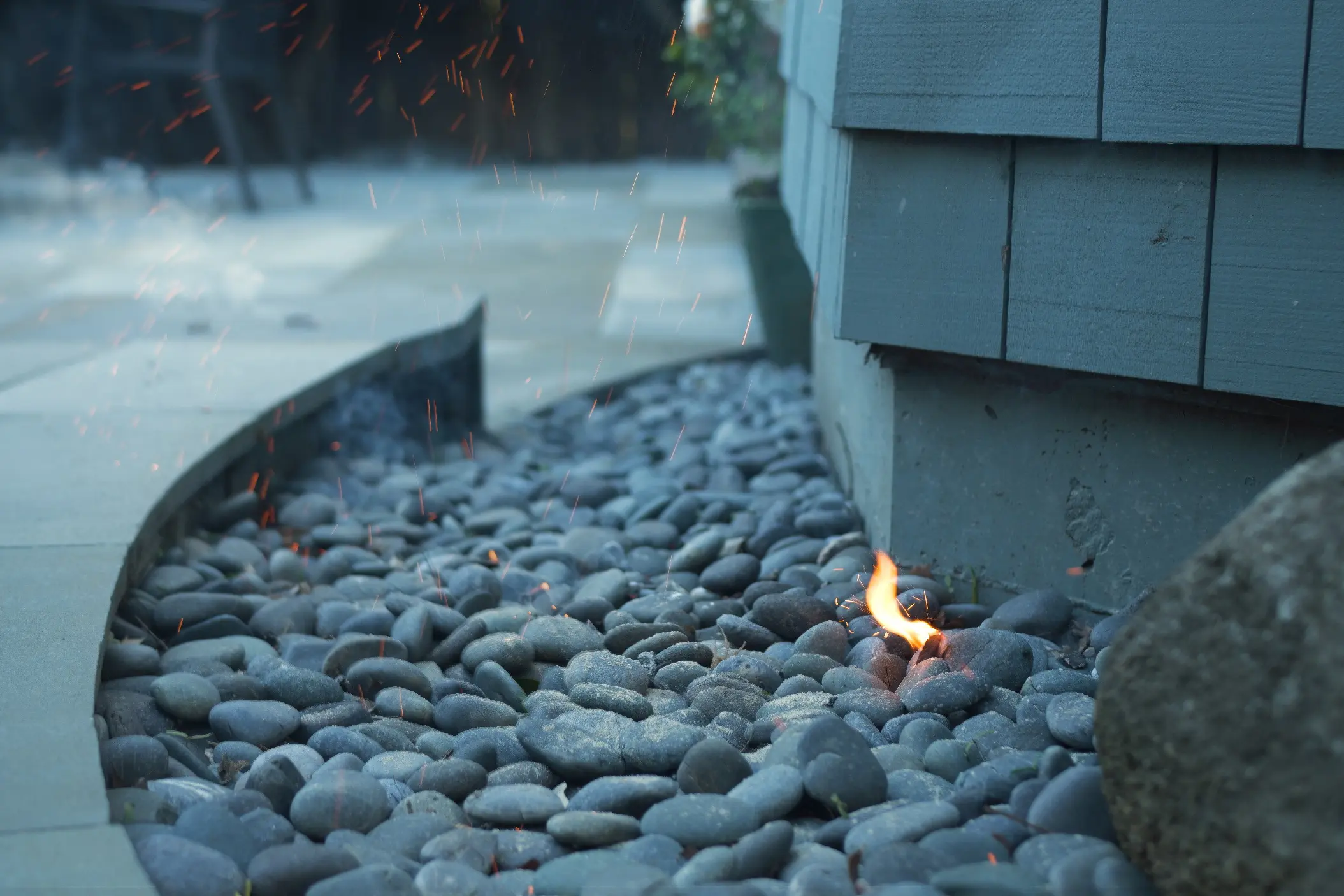
Fire Resistant Mulch
Mulch plays an important role in Western residential landscapes. Mulches are often promoted as being environmentally friendly and a desirable landscape practice. Unfortunately, despite the positive attributes, many mulches are combustible–a major drawback when used in home landscapes located in wildfire-prone areas. In general, non combustible mulches like gravel are a wise choice near structures and composted wood mulch is safe to use in the garden.
Privacy Screens
The vegetation planted between homes can act as readily ignitable fuel during a wildfire and significantly increase the probability of nearby structures catching on fire. Highly flammable plants, like Italian cypress, junipers, and bamboo, should not be used for privacy screening. When burning, highly flammable plants emit lots of ember and amplify the radiant heat around them, creating dangerous fires between structures. There are many attractive alternatives that will safely provide privacy.
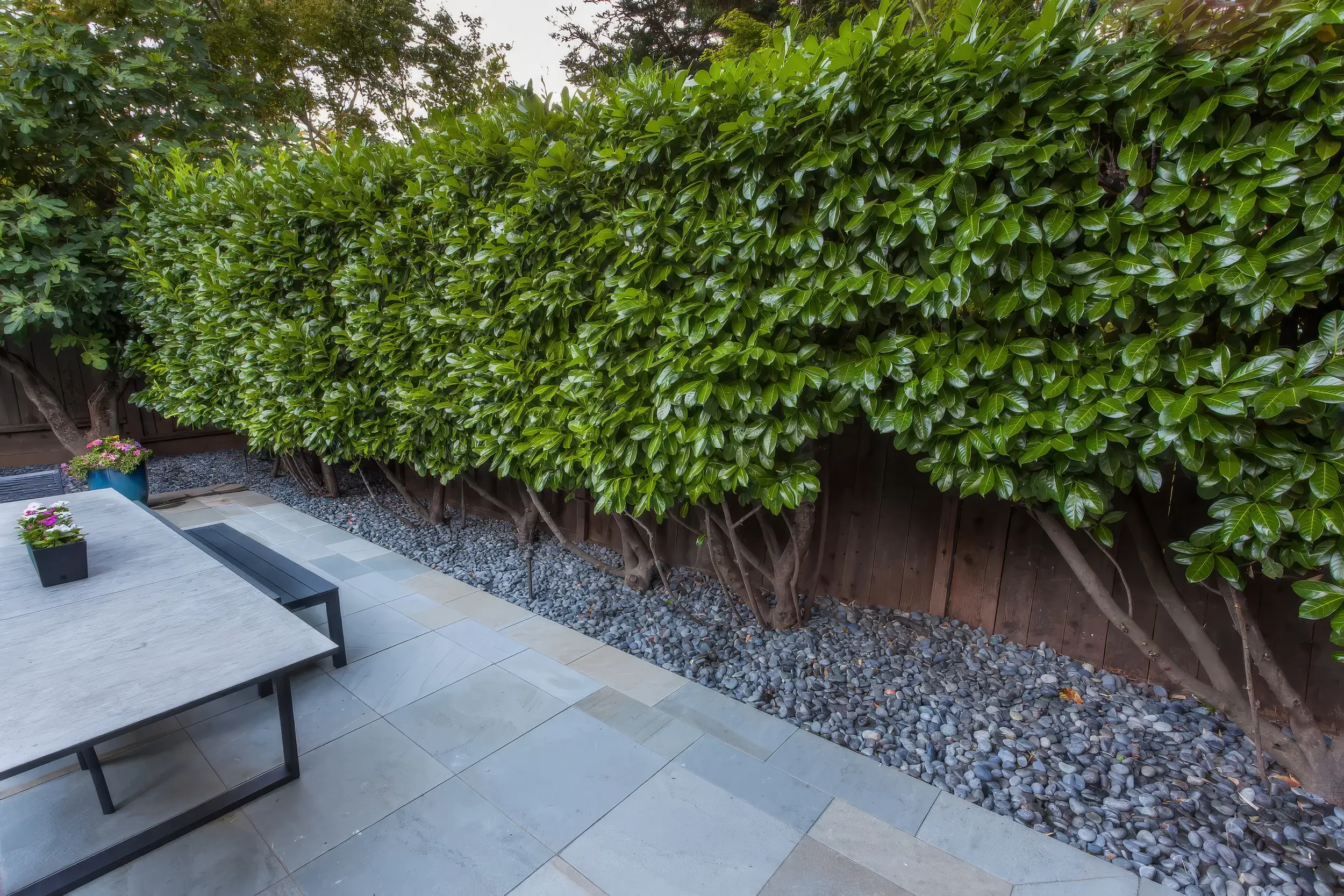
Tree Hazards
The mere presence of trees (even some fire-hazardous species like pines and firs) does not necessarily indicate that an “extreme” fire hazard exists. Marin’s native trees like oaks and redwoods are considered relatively fire resistant. Trees don’t magically burst into flames, even during a wildfire. Some type of fuel, usually on the ground, carries the fire into the tree. Eliminating these “ladder fuels” is often more important than the tree species itself.
Steep Slopes
The topography around your home, which includes the slope of the land and the direction the structure faces, is a major consideration in assessing the risk of exposure to wildfire. Wildfires burn up slope faster and more intensely than along flat ground. A steeper slope will result in a faster-moving fire, with longer flame lengths. On steeper slopes, more space is required between plants to keep fire from spreading uphill.

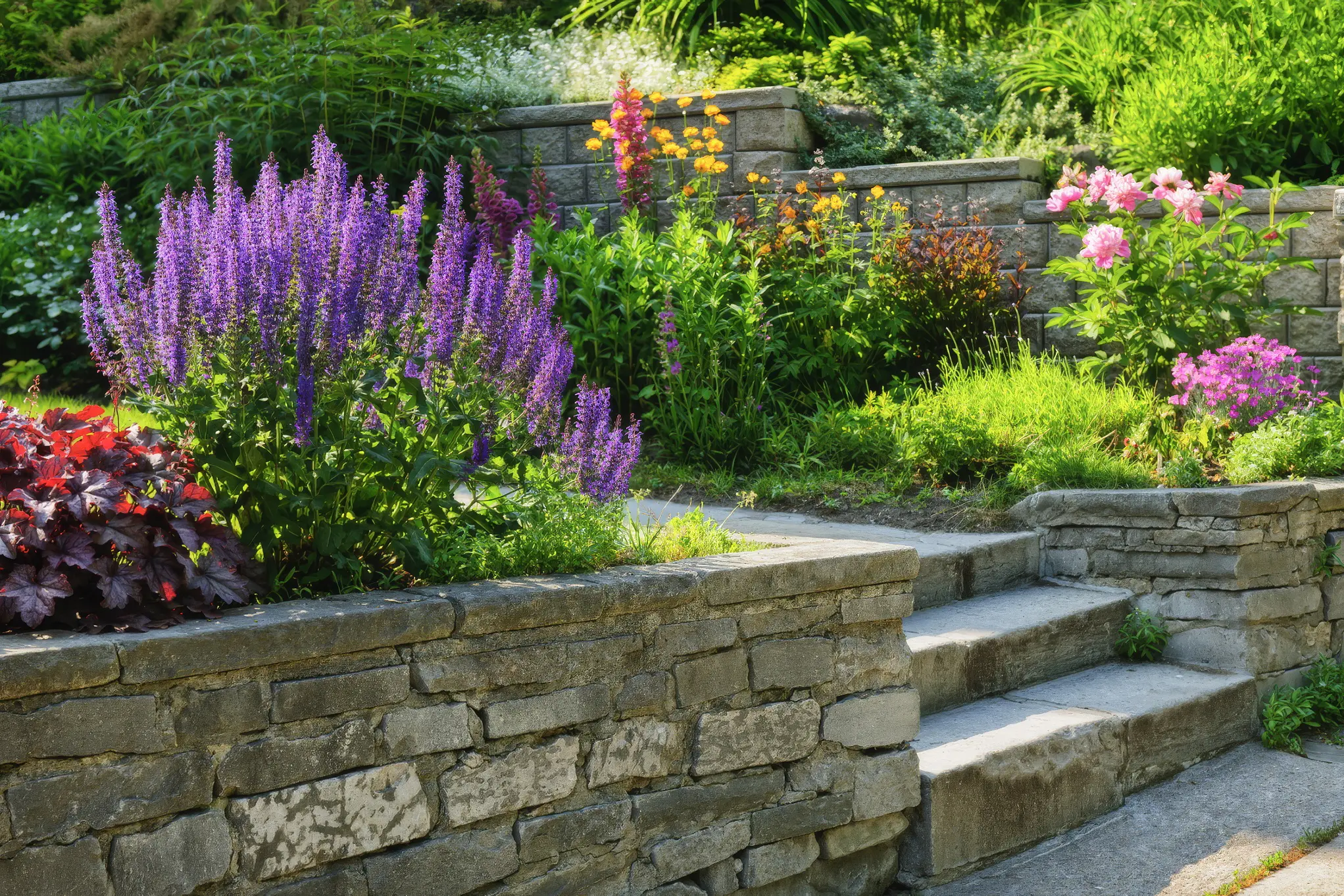
Choosing Plants
Is there such a thing as a “fire safe” plant? While some plants are marketed and described as “fire safe” or “fire resistant,” all plants will burn under the right conditions, regardless of their classification. There are however some general guidelines for choosing the right plants in a wildfire environment. Fire Safe Marin strongly recommends removing particularly fire hazardous plants such as Italian Cypress, juniper, bamboo and pampas grass.
Maintaining Your Yard
Maintenance is the most important factor when maintaining landscaping plants in a fire-prone environment. There are no “fire-proof” plants. All plants must be maintained in good health, properly irrigated, and free of dead material, dry twigs, or fallen leaves and needles. Regular maintenance, including clearing away flammable debris and creating defensible space, helps break the continuous fuel supply, limiting the potential for a small fire to escalate into a large and destructive wildfire.
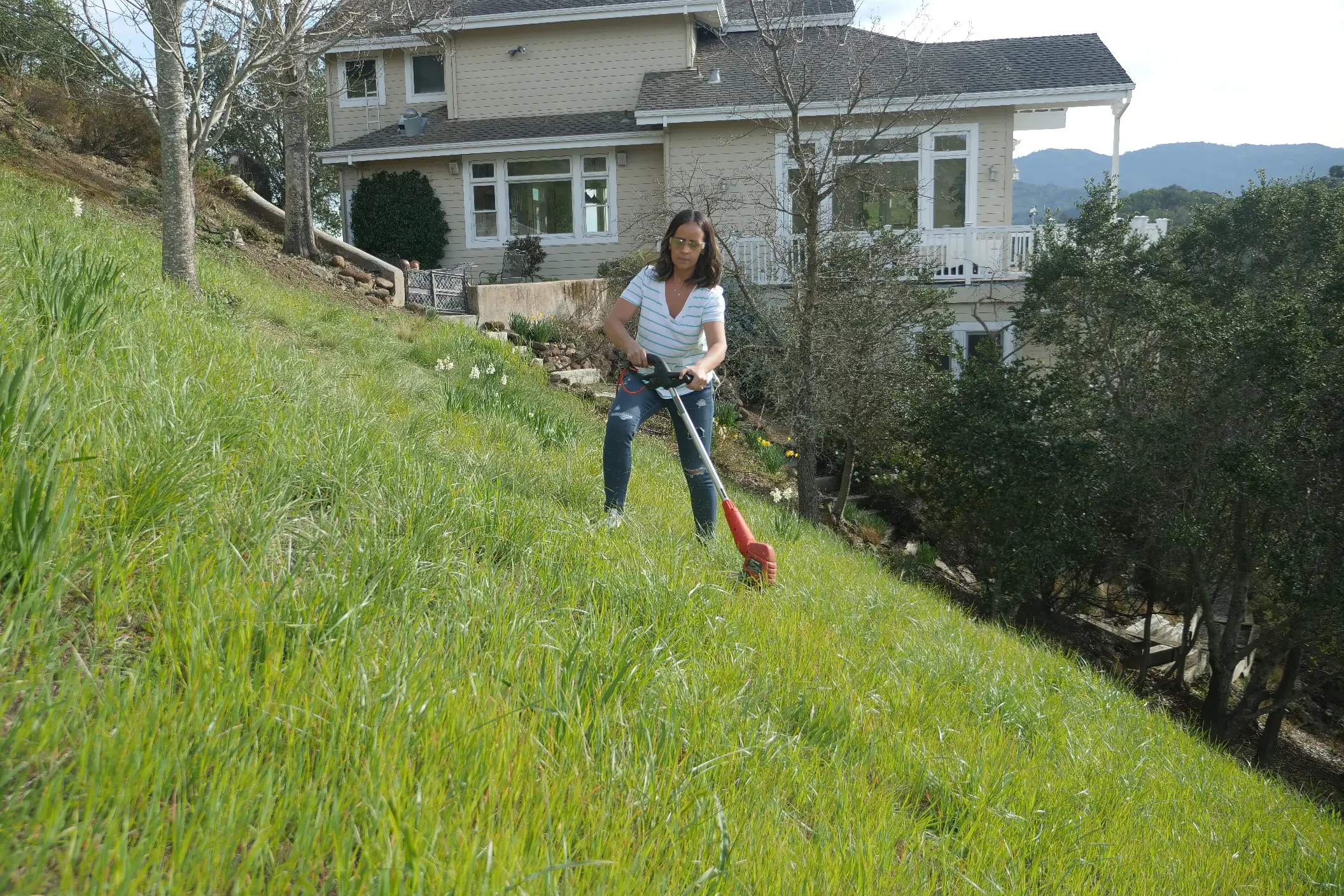
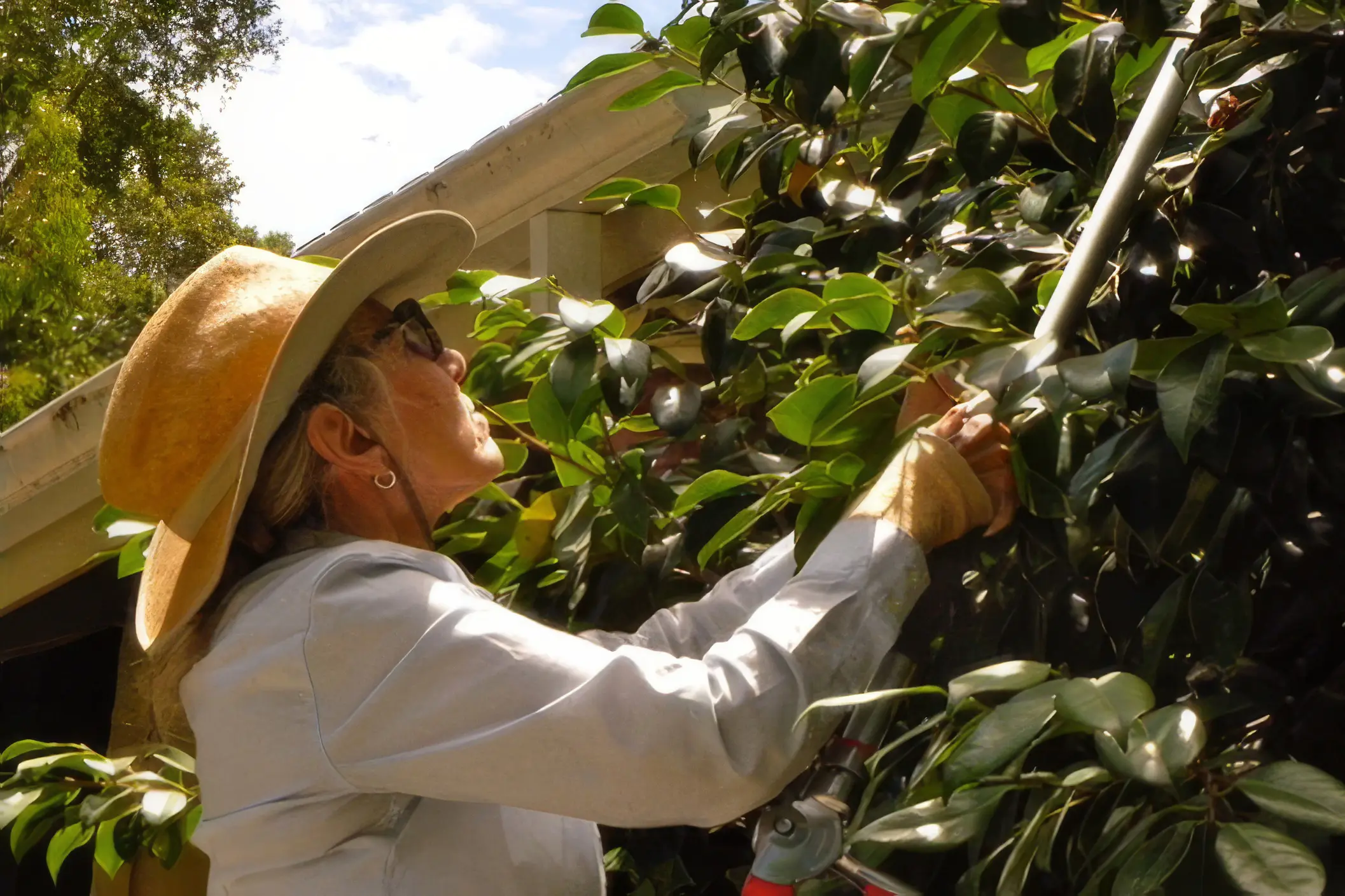
Landscaping Tips
Feeling overwhelmed and need a place to start? Check out monthly tips from Marin Master Gardeners for actionable, affordable ways to reduce fuel on your property. Fire Safe Marin also has fire-smart landscaping tips based on the most commonly identified issues found during home evaluations. These all serve as a reminder to homeowners to plan and maintain their homes and landscapes with awareness of the threat of wildfires.
Home Evaluation Program
The Home Evaluation Program gives residents a customized and interactive report about their property’s ability to survive a wildfire and specific information about issues found during the evaluation. The report links to resources that help resolve issues found during the inspection, including MWPA’s resident grant program. Evaluations allow inspectors to collect extensive data, create detailed inspection reports, and build a database to measure progress toward wildfire resilience at the county scale.
